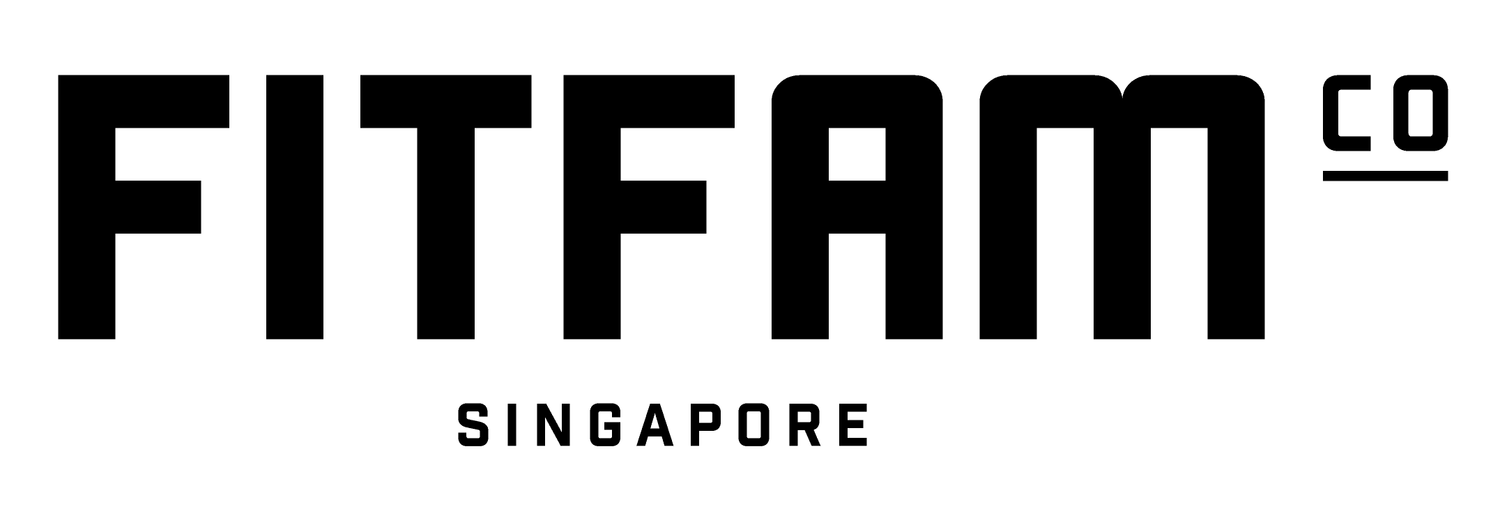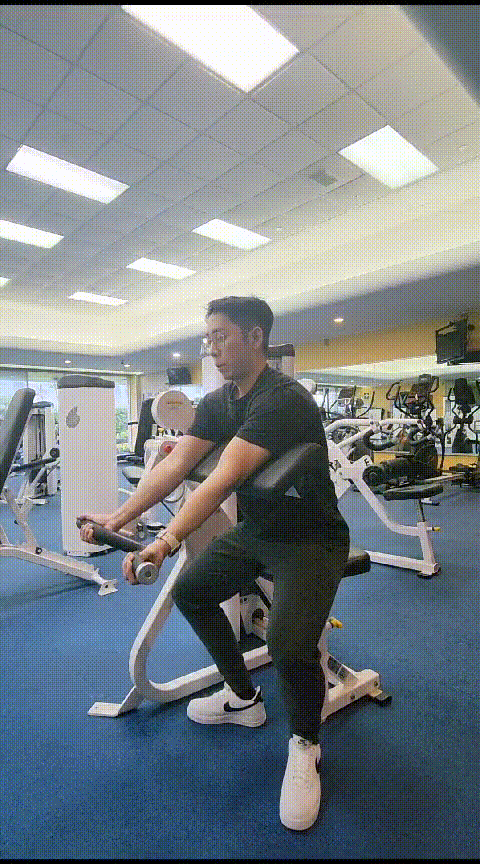A Beginner’s Guide to 5 Common Gym Machines
Welcome to the world of fitness, where the journey to a healthier, stronger you begin with a few simple steps or should we say, exercise machines. Navigating the array of fitness equipment can be overwhelming for beginners, but fear not! In this blog, we'll demystify five common gym machines, breaking down the intimidation factor and guiding you through mastering the machines. Whether you're a cardio enthusiast or eager to build muscle, these machines will become your allies on the path to fitness success. Let's dive in and learn how to make the most of your gym experience, one machine at a time!
LEG PRESS
Muscles Worked:
Quadriceps (front thigh)
Hamstrings (back thigh)
Gluteus Maximus (buttocks)
Calves (soleus and gastrocnemius)
Starting Position:
Sit on the leg press machine with your back flat against the backrest.
Place your feet shoulder-width apart on the footplate.
Adjust the seat and footplate to align your knees with your hips.
Execution:
Push the footplate away by extending your knees, straightening your legs.
Keep your back against the backrest and avoid locking your knees at the top of the movement.
Lower the footplate back towards you with control, allowing your knees to bend.
Repeat for the desired number of repetitions.
Common Mistakes:
Insufficient Range of Motion: Not lowering the footplate enough or not extending the legs fully can limit the effectiveness of the exercise.
Improper Foot Placement: Feet too high or too low on the footplate may cause discomfort or reduce muscle engagement.
Locking Knees: Avoid fully locking your knees at the top of the movement to prevent unnecessary stress on the joints.
Using Excessive Weight: Using too much weight can compromise form and increase the risk of injury.
Shoulder Press Machine
Muscles Worked:
Deltoids (shoulders)
Triceps (back upper arm)
Starting Position:
Sit on the Shoulder Press machine with your back against the backrest.
Adjust the seat height and handles to align with your shoulders.
Grab the handles with an overhand grip.
Execution:
Push the handles upward, fully extending your arms.
Lower the handles back down with control, allowing a slight bend in your elbows.
Repeat for the desired number of repetitions.
Common Mistakes:
Overarching the Back: Keep your back against the backrest without excessive arching.
Using Momentum: Perform the exercise with controlled movements, avoiding jerking motions.
Neglecting Seat Adjustment: Ensure the seat is at the right height to align the handles with your shoulders.
Lat Pulldown Machine
Muscles Worked:
Latissimus Dorsi (upper back)
Rhomboids (upper back)
Trapezius (upper back and neck)
Biceps (front upper arm)
Starting Position:
Sit on the Lat Pulldown machine, adjusting the thigh pad to secure your legs.
Grasp the bar with a wide, overhand grip.
Keep your chest up, shoulders down, and back slightly arched.
Execution:
Pull the bar down towards your chest by engaging your lats.
Squeeze your shoulder blades together at the bottom of the movement.
Slowly release the bar back to the starting position with control.
Repeat for the desired number of repetitions.
Common Mistakes:
Using Momentum: Avoid swinging your body to bring the bar down; use controlled movements.
Incomplete Range of Motion: Ensure the bar comes down to chest level to fully engage the targeted muscles.
Overarching the Back: Maintain a slight arch in your back but avoid excessive arching.
Preacher Curl Machine
Muscles Worked:
Biceps (front upper arm)
Starting Position:
Sit on the Preacher Curl machine, adjusting the seat and arm pad to align with your arms.
Place your upper arms on the pad, allowing your elbows to hang off the edge.
Grab the handles with an underhand grip.
Execution:
Curl the handles upward, contracting your biceps.
Lower the handles back down with control.
Repeat for the desired number of repetitions.
Common Mistakes:
Using Excessive Weight: Choose a weight that challenges your biceps without compromising form.
Swinging Movements: Keep your upper arms stationary; avoid swinging your body.
Neglecting Full Range of Motion: Lower the handles fully to engage the biceps through a complete range.
Machine Chest Press
Muscles Worked:
Pectoralis Major (chest)
Anterior Deltoids (front shoulders)
Triceps Brachii (back upper arms)
Starting Position:
Sit on the Machine Chest Press with your back flat against the backrest.
Adjust the seat and handles so that your chest is in line with the handles.
Grab the handles with an overhand grip.
Execution:
Push the handles forward by extending your arms, bringing them together.
Squeeze your chest muscles at the front of the movement.
Slowly bring the handles back to the starting position with control.
Repeat for the desired number of repetitions.
Common Mistakes:
Using Excessive Weight: Choose a weight that allows for controlled and proper form.
Neglecting Full Range of Motion: Ensure the handles come together without locking your elbows.
Incorrect Seat Adjustment: Set the seat height to align the handles with your chest for optimal engagement.
If you're new to gym workouts, be sure to check out our comprehensive blog post “Step-by-Step Guide to Designing Your Gym Workout Plan” for expert tips and advice.
Note
Do note that there is a separate machine that will target the upper chest, the handles will be at a higher angle compared to the standard chest press.
CONCLUSION
In the world of fitness, where the possibilities seem vast, these five common gym machines serve as friendly gateways to a healthier, stronger you. As a beginner stepping into the gym, the leg press, shoulder press, lat pulldown, preacher curl, and machine chest press offer not just a structured workout but also a lower risk of injury thanks to their guided range of motion.
If you prefer the comfort of your own space, consider setting up a home gym with quality home gym equipment like a Smith machine, weight machines, or other exercise equipment to continue your fitness journey at your convenience.
Understanding how to use common gym machines effectively is key to maximizing your workout experience. Familiarizing yourself with common gym machine names and their proper usage ensures that you're targeting the right muscles and minimizing the risk of injury. Once you've mastered the basics, you can create a personalized gym machine workout routine tailored to your fitness goals and preferences.
Whether you're aiming to build strength, increase muscle mass, or improve endurance, incorporating these machines into your routine can help you achieve your desired results efficiently. So, don't be intimidated by the gym equipment—embrace it as your tool for success on your fitness journey.






